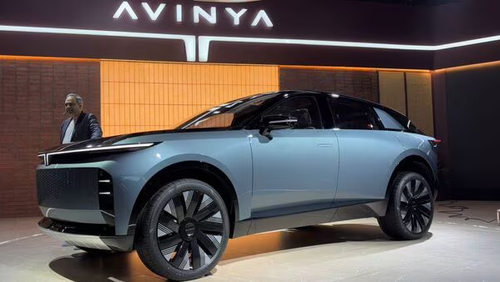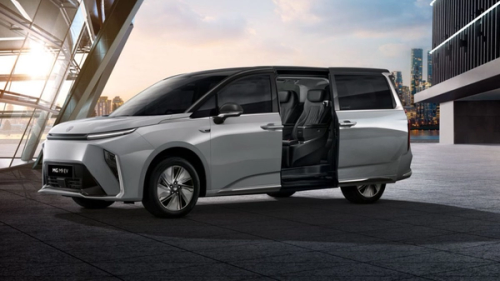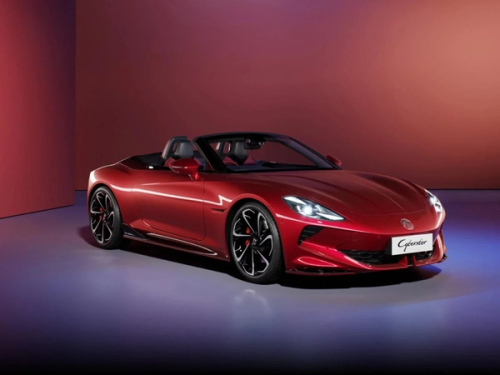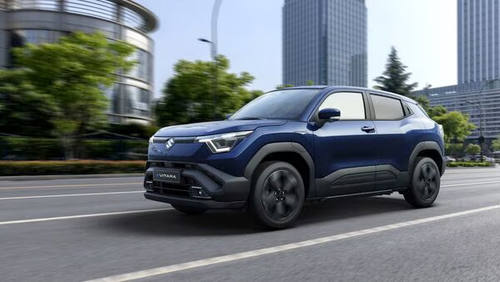Home
/vehicle-tech-news
/The Affordable Revolution: Ride-Hailing Services in Emerging Markets and Their Global Future
The Affordable Revolution: Ride-Hailing Services in Emerging Markets and Their Global Future
24 Dec 2024
23
By Anil Kamath

Image source: Uber
Ride-hailing services have become an integral part of urban transportation, offering unparalleled convenience, affordability, and accessibility. While the concept is well-known in Western countries through platforms like Uber and Lyft, the phenomenon in emerging markets, especially in India and Southeast Asia, paints a unique picture of affordability, sustainability, and innovation. These services provide not only four-wheeler rides but also budget-friendly two-wheelers and electric vehicle (EV) options.
This article delves into the dynamics of ride-hailing in these markets and its potential future, offering a glimpse into solutions that could inspire the next wave of transformation in Western transportation systems.
Global Ride-Hailing Giants: A Snapshot
- Uber: Dominating in over 70 countries, Uber is synonymous with ride-hailing globally. Beyond rides, it offers food delivery (Uber Eats) and freight logistics.
- Lyft: Catering primarily to the U.S. and Canada, Lyft focuses on ethical business practices and customer-centric services.
- Bolt: Based in Estonia, Bolt is expanding across Europe and Africa, offering eco-friendly scooters and affordable ride options.
- Grab: Operating in Southeast Asia, Grab combines ride-hailing with food delivery, financial services, and even grocery delivery.
- Didi Chuxing: The Chinese giant leads in Asia and Latin America, with diversified services ranging from private cars to bike-sharing.
India: The Hidden Gem of Ride-Hailing
India's ride-hailing market has emerged as a global powerhouse, fueled by its vast population, increasing urbanization, and affordability demands.
Four-Wheeler Dominance
- Ola: India’s homegrown ride-hailing giant, Ola, offers everything from budget rides to luxury cars, alongside electric mobility initiatives through Ola Electric.
- Uber: Competing fiercely with Ola, Uber adapts its offerings to Indian needs, including cash payments and compact car options.
Two-Wheelers: A Game-Changer
In dense, traffic-prone cities, two-wheeler services are a hit:
- Rapido: India's largest bike-taxi platform offers quick, budget-friendly rides across 100+ cities.
- Namma Yatri: Focused on auto-rickshaw services, it aims for hyper-local, cost-effective commutes.
The EV Revolution
- BluSmart: India’s first all-electric ride-hailing platform focuses on zero-emission transport, setting an example for sustainable urban mobility.
- Yulu: Specializing in EV bike rentals, Yulu caters to eco-conscious commuters with affordability in mind.
What Western Countries Can Learn
Affordability Through Two-Wheelers
In emerging markets, two-wheeler ride-hailing has transformed transportation, providing rides at a fraction of the cost compared to traditional taxis. The same model could work in Western cities with dense traffic areas, offering faster, cheaper alternatives to car-based rides.
Sustainability as a Core Mission
Indian companies like BluSmart and Yulu have successfully integrated EVs into their fleets, driven by government subsidies and eco-conscious policies. Western markets could adopt similar initiatives to push the EV transition in ride-hailing fleets.
Current Trends Shaping the Future
- Electric Mobility: Companies are aggressively investing in EVs to meet global carbon neutrality goals.
- Shared Rides: Carpooling options like Uber Pool and Ola Share continue to make rides more affordable and reduce urban congestion.
- AI Integration: Advanced algorithms improve route optimization, driver allocation, and user experience.
- Hyper-Local Services: Platforms like Namma Yatri in India offer localized solutions, such as auto-rickshaw rides, which could inspire Western ride-hailing companies to adapt to specific regional needs.
Challenges to Overcome
- Driver Wages and Rights: Ensuring fair compensation and working conditions remains a significant challenge.
- Regulation: Stringent government rules around pricing, privacy, and safety often create operational hurdles.
- Market Saturation: Intense competition in established markets leads to unsustainable pricing and thin margins.
The Future of Ride-Hailing: A Global Vision
- Autonomous Vehicles: The integration of self-driving cars could redefine ride-hailing, reducing costs and improving safety.
- Electric and Sustainable Fleets: EVs, combined with renewable energy solutions, will dominate the next wave of urban mobility.
- Tier 2 and Rural Expansion: Beyond metropolitan hubs, ride-hailing companies will explore smaller towns and rural areas, creating a more inclusive transportation ecosystem.
- Super Apps: Inspired by platforms like Grab, Western companies may integrate multiple services, from ride-hailing to groceries, within a single app.
Conclusion
The evolution of ride-hailing services showcases the power of technology and innovation in addressing urban mobility challenges. India and other emerging markets offer a blueprint for affordable, efficient, and sustainable transportation solutions that could reshape the global ride-hailing industry.
For Western countries, learning from these markets—whether through two-wheeler services, hyper-local solutions, or aggressive EV adoption—could lead to an exciting, greener, and more inclusive future in transportation. The global journey of ride-hailing is far from over; it is only just beginning.








